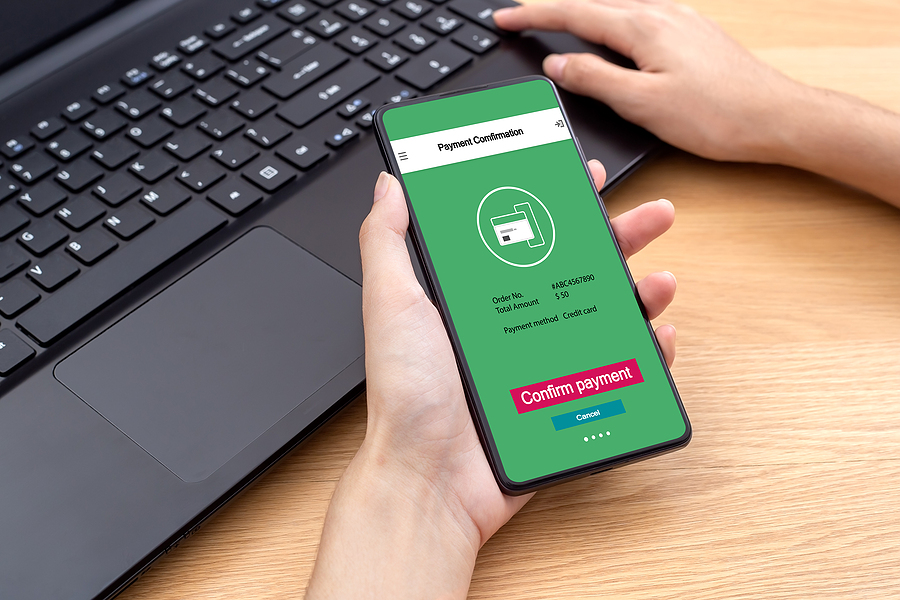If only it were true that an apple a day kept the doctor away. Oh, the time and money you would save!
In the real world, healthcare is a substantial investment. A simple visit to the doctor can take several hours and cost a pretty penny as well. Even a small emergency, like a broken arm, can take several months and thousands of dollars to deal with.
The good news is, there are ways you can cut down on the healthcare headaches in your life. Here are six of the best:
1. Handle the Routine from Home
Table of Contents
There are some routine healthcare needs in life that can be fulfilled without leaving the comfort of your couch. From telehealth visits and home care near me to online birth control, more options are available than ever for getting the care you need without going to a doctor’s office. In fact, according to this dentist in Woodbridge, more and more dental experts are now offering teledentistry to their patients.
While visiting medical professionals in person is still advised for more serious reasons, common and cyclical medical needs can be handled from home. When in doubt, ask. You might be surprised at what your doctor is comfortable diagnosing and prescribing remotely.
Check digital pharmacies to see if they offer your prescriptions. Schedule a telehealth visit with your doctor if run-of-the-mill mental health issues are keeping you from living your best life. Options are out there, but it’s up for you to find and schedule them.
2. Bundle In-Person Visits
You know the concept of a spa day, right? Set an entire day aside to relax and be pampered. Suspend the stress of daily life for a few wonderful hours.
Applying this same concept to your healthcare needs. Many women’s health practices do so by offering one-day coscheduling for the gynecological exam, mammogram, and general exam. Dentists often fill cavities, clean teeth, and take x-rays in the same visit. Other practices may be able to implement similar back-to-back options.
You won’t end the day feeling as refreshed as you would exiting the spa, but ask yourself: Would you rather worry about healthcare for just one day or drag it out to three or four?
3. Monitor Your Vitals at Home
Tools for self-monitoring everything from blood pressure to oxygen saturation are available over the counter. Some can check for gluten intolerance, estimate blood-glucose levels, and even measure digestive efficiency. Home healthcare technology has come a long way from cumbersome chest straps that only check your heart rate.
Where to start? Invest in a smartwatch. In one tool, you can measure and track oxygen saturation, body temperature, breathing rate, and electrocardial impulses. Companion apps interpret readings and allow you to share measurements with your doctor.
4. Do Your Homework Digitally
Most physician practices now have online systems for gathering data you used to provide while sitting in the waiting room. Filling out these questionnaires before you go will save time and eliminate the need to touch an office pen.
You can update your insurance information, medical history, and current health issues from your laptop or phone. That saves time for everyone from the receptionist to the doctor. Plus, it helps you double-check the date of your last X-ray or MRI, rather than trying to guess the date when your doctor asks about it.
In the waiting room, crack open that book you’ve been wanting to start. It’s a better use of your time than trying to remember the last time you visited the dentist.
5. Visit a Mini-Clinic
There are thousands of urgent care clinics run by hospitals and physician groups. But what about those walk-in clinics at pharmacies, grocery stores, malls, and superstore retailers? As it turns out, the quality of care delivered at these clinics rivals what you’ll get at your doctor’s office.
These clinics are easily accessible, staffed on weekends and evenings, and are typically attached to a pharmacy. Getting in and out is usually quicker than at your GP’s office. Plus, they’re covered by most insurance plans and less expensive even if you’re uninsured.
Use mini-clinics for health issues you’ve had before and recognize immediately: That sinus infection needs a Z-pak; the crust on your eyelids means you have pinkeye. You don’t need your regular physician to get to the bottom of these not-so-mysterious medical issues.
6. Stay Healthy
It may seem obvious, but staying healthy is the single best way to save yourself time and money on healthcare. Making your health a priority will help you avoid those preventable diseases and accidents that put a crimp in life.
The “dos” include regular exercise, maintaining a healthy weight, drinking enough water, and eating a balanced diet. The “don’ts” include smoking, more-than-moderate alcohol or caffeine consumption, and devouring Bavarian cream-filled chocolate-covered long johns. Staying healthy also means avoiding accidents and incidents that could harm your health: Use your chef’s knife carefully; lift with your legs, not your back.
During Covid-19, this guideline is doubly true. Every healthcare issue you have that requires in-person care increases your risk of contracting the virus. Even if you don’t catch it, you may struggle to find a provider who has capacity for non-emergency medical needs.
Sometimes, there’s simply no avoiding a time-draining or expensive healthcare visit. Even the healthiest people should see their GP at least once a year. Don’t wait to get that oddly shaped and growing mole on your back checked out by a dermatologist.
Even if you’re otherwise healthy, healthcare can be costly and time-consuming. A simple attitude of health consciousness and preparedness goes further than any fruit at keeping the doctor at bay.
Image Source: BigStockPhoto.com (Licensed)
Site Disclaimer
The Content in this post and on this site is for informational and entertainment purposes only. You should not construe any such information or other material as legal, tax, investment, financial, or other advice. Nothing contained on our Site constitutes a solicitation, recommendation, endorsement, or offer by HII or any third party service provider to buy or sell any securities or other financial instruments.
Nothing in this post or on this site constitutes professional and/or financial advice. You alone assume the sole responsibility of evaluating the merits and risks associated with the use of any information or other content in this post or on this site.
You recognize that when making investments, an investor may get back less than the amount invested. Information on past performance, where given, is not necessarily a guide to future performance.
Related Categories: Health, Reviews







